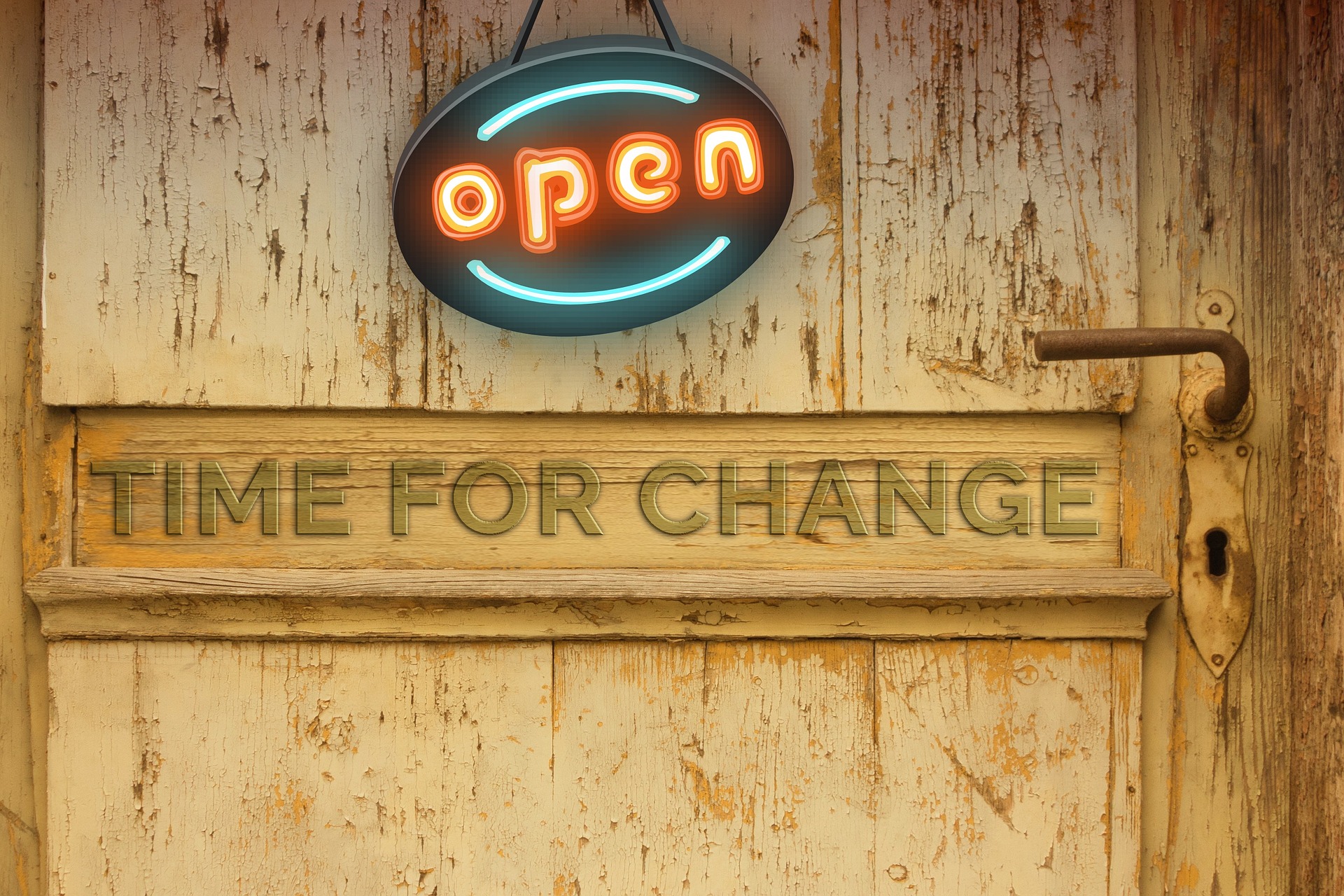
Crises are part of our everyday life. At some point in our lives, in our everyday lives, we all reach our limits, get stuck, have to reorient ourselves or are forced to give up. The more strongly we are connected to an idea, a project or a company, the more painful is the experience of loss. Especially in the last few months, many entrepreneurs and founders have had to experience how it feels when one’s life’s work or heart’s desire is existentially endangered and threatened with failure. Aid measures help to keep as many companies alive as possible. Not all of them make it.
In the last two years, I had the privilege of working with so-called restarters as part of an EU project and a pilot project for the Ministry of Economics in Baden-Württemberg, Germany. The target group were founders, self-employed people and entrepreneurs who dared to take a second chance after a serious crisis or insolvency. We were interested in the challenges they face and how they can be supported in a targeted manner, analogous to the promotion of start-ups.
From top lawyers to kiosk owners
What did we learn from working with more than 160 restarters? First, that it can happen to anyone. From a top lawyer to a kiosk owner, from a coach to an engineering firm, from the self-employed to the owner of a major corporation. No one is immune from the risk of a serious crisis or failure. We learned that there are two essential basic needs in this situation: the need for financial stability and the need for exchange. As the saying goes, misery loves company, and conversation is still the best therapy. Being able to share with people who have had similar experiences, who have experienced similar emotions such as fears, doubts and guilt, was a liberating experience for many participants. The affirmation of not being alone, that there are other people with similar experiences and the exchange provides both stability and new insights, tips and suggestions.
This exchange led some to talk about their experiences in front of strangers for the first time. In order to be able to talk about something, we have to organize our thoughts, reflect on them and put them into a structure. This is not always easy, especially with emotional topics. But very helpful. And often the first step for a later restart.
Two factors
What distinguishes successful from unsuccessful restarters? We were able to identify two main factors:
- Successful Restarters are willing to look at their experience. They ask themselves which patterns of thinking and behavior, which decisions or non-decisions, which emotions, blind spots, denial attitudes or wrong advice led them to experience a severe crisis or insolvency. They face up to their responsibilities.
- They are ready to embrace change. They do not expect a restart to be the same as before. They are ready to go new ways personally and professionally and to accept the invitation for transformation. What do I want to achieve? What are my short-term and existential needs that need to be secured? What do I want to do afterwards? What is my heart’s desire and with what steps will I be able to achieve it? What thought and behavior patterns, what emotions are necessary for this?
Successful restarters have shown us that they are able to let go of their past to be able to live today and shape the future. This takes time. We have also learned that. Successful restarters don’t just keep doing things the way they were. They know that with a new beginning, things won’t go on as they were before.
Some restarters change their vocation because there is no longer a future for their previous profession. Some stay in their profession because it is their calling. They change their thinking and behavior, realizing that this way they can live their vocation such that it is even more fulfilling. Some restarters change both. Their personal development from a crisis or a failure experience lets them go new ways.
What is your path?








